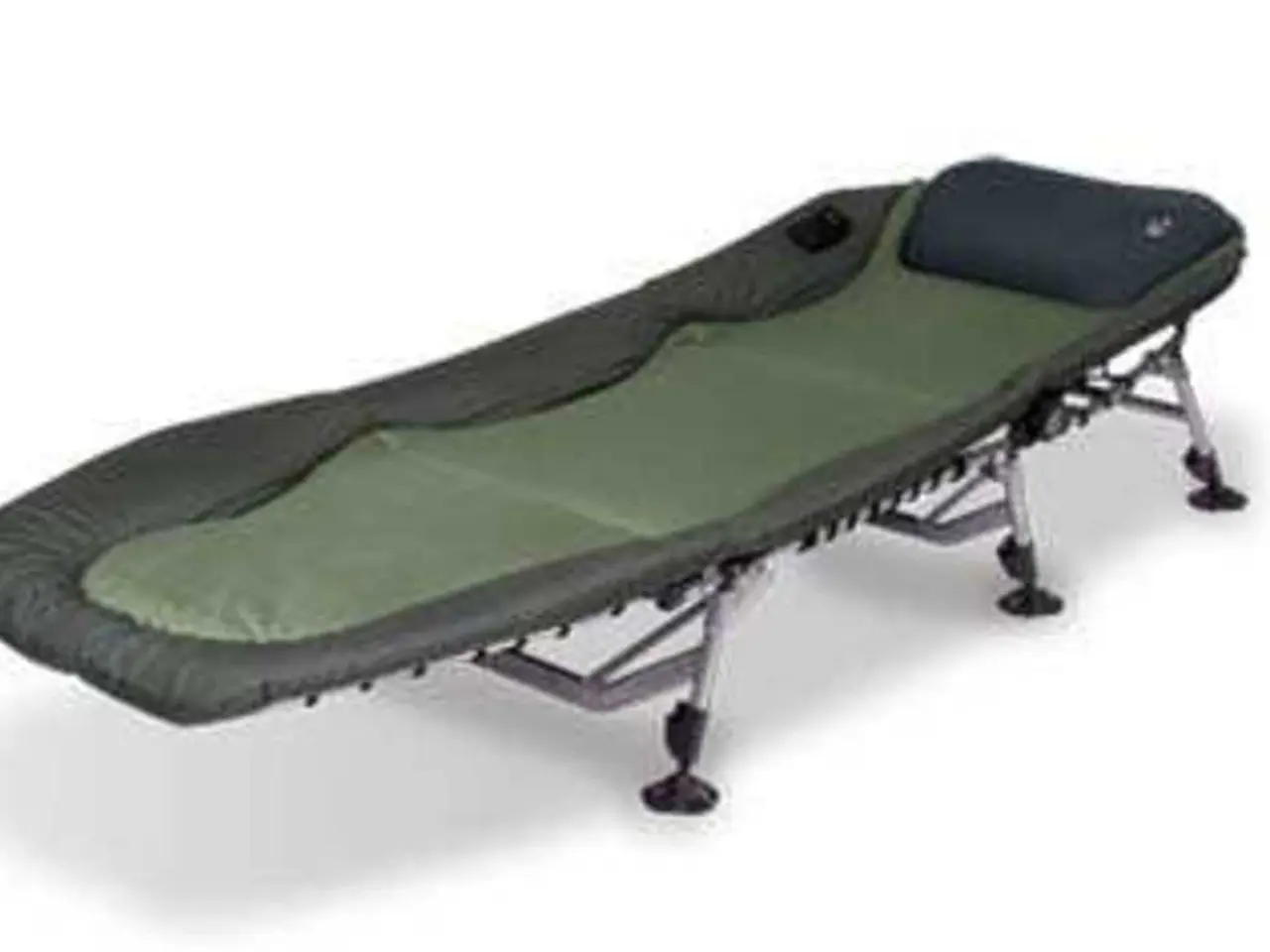Causes, treatment, and prevention strategies for leg cramps explained.
Leg cramps are sudden, involuntary muscle contractions in the leg that can cause intense pain and temporary disability. These cramps can affect any skeletal muscles, but they most commonly target the gastrocnemius and soleus muscles (back of the calf), quadriceps (front of the thigh), and hamstrings (back of the thigh).
While the exact cause of leg cramps is not fully understood, researchers believe they may occur due to inadequate stretching, muscle fatigue, dehydration, or imbalances in the mechanisms that control muscle contraction. Certain factors can increase the risk of leg cramps, particularly during exercise.
Exercise-Induced Leg Cramps
Dehydration and electrolyte imbalance have traditionally been emphasized as causes of exercise-induced leg cramps. However, recent research suggests that muscle fatigue and altered neuromuscular control play a central role in these cramps.
Dehydration occurs when the body loses more fluids than it takes in, leading to muscle cells becoming more irritable and prone to involuntary contractions. Electrolyte imbalances, such as deficiencies or imbalances in minerals essential for muscle contraction and relaxation—like sodium, potassium, calcium, and magnesium—disrupt neuromuscular function, leading to cramps.
Muscle fatigue and overexertion during high-intensity or prolonged exercise can also cause cramps due to fatigue and lactic acid buildup. Altered neuromuscular control caused by muscle fatigue is a key contributing factor. Poor circulation, lack of proper warm-up, nerve compression or underlying medical conditions, and medication side effects can also contribute to exercise-induced leg cramps.
Prevention and Treatment
Preventing leg cramps involves addressing both hydration and nutrition and proper training techniques to minimize fatigue. Staying well hydrated, maintaining balanced electrolyte levels, proper warm-up, avoiding overexertion, ensuring good circulation, managing underlying health conditions, and properly warming up and stretching muscles can help prevent leg cramps.
Stretching the affected muscle usually relieves cramps once they occur. Resting and trying to avoid overheating can also help treat muscle cramps due to dehydration or electrolyte imbalances.
In some cases, leg cramps may be a symptom of serious underlying conditions that require medical treatment. Pregnancy-related leg cramps, for instance, should resolve after the person gives birth and starts to return to their original weight. People who experience leg cramps that are more intense, severe, or frequent than normal or do not respond to at-home treatments should talk to a doctor.
Infection can cause bacteria and their toxic byproducts to build up in the blood or muscles, which may trigger leg cramps. If toxins are responsible for a person's leg cramps, a doctor may need to prescribe intravenous therapy and antibiotics.
Certain neurological conditions, such as peripheral neuropathy, amyotrophic lateral sclerosis (ALS), or motor neuron disease, can affect muscle control and may trigger leg cramps. If someone's leg cramps are due to the compression of a nerve, blood vessel, or muscle, they may require emergency medical care and surgery.
People can prevent leg cramps by warming up properly before exercise, stretching the leg muscles properly, staying hydrated, avoiding exercising in very warm, humid conditions, and stretching the leg muscles frequently throughout the day and before bed.
References:
- WebMD. (2021). Leg Cramps: Causes, Prevention, and Treatment. [online] Available at: https://www.webmd.com/pain-management/leg-cramps-causes-treatments
- Mayo Clinic. (2021). Leg cramps: Causes, symptoms, and treatments. [online] Available at: https://www.mayoclinic.org/diseases-conditions/leg-cramps/symptoms-causes/syc-20354535
- Sports Injury Clinic. (2021). Exercise-related muscle cramps. [online] Available at: https://www.sportsinjuryclinic.net/sport-injuries/muscle-injuries/exercise-related-muscle-cramps
- Healthline. (2021). 15 Natural Remedies for Leg Cramps. [online] Available at: https://www.healthline.com/health/leg-cramps-remedies
- Proper hydration, as a key component in health-and-wellness, can help prevent dehydration-induced exercise-induced leg cramps, as dehydration can cause muscle cells to become more irritable and prone to involuntary contractions.
- Mental-health conditions, such as peripheral neuropathy, amyotrophic lateral sclerosis (ALS), or motor neuron disease, can affect muscle control and may trigger leg cramps, highlighting the connection between physical health and mental well-being.
- In managing and preventing leg cramps, it is essential to consider therapies-and-treatments like electrolyte supplements and proper stretching routines, particularly for fitness-and-exercise enthusiasts, to address potential imbalances and ensure muscle health and functionality.




